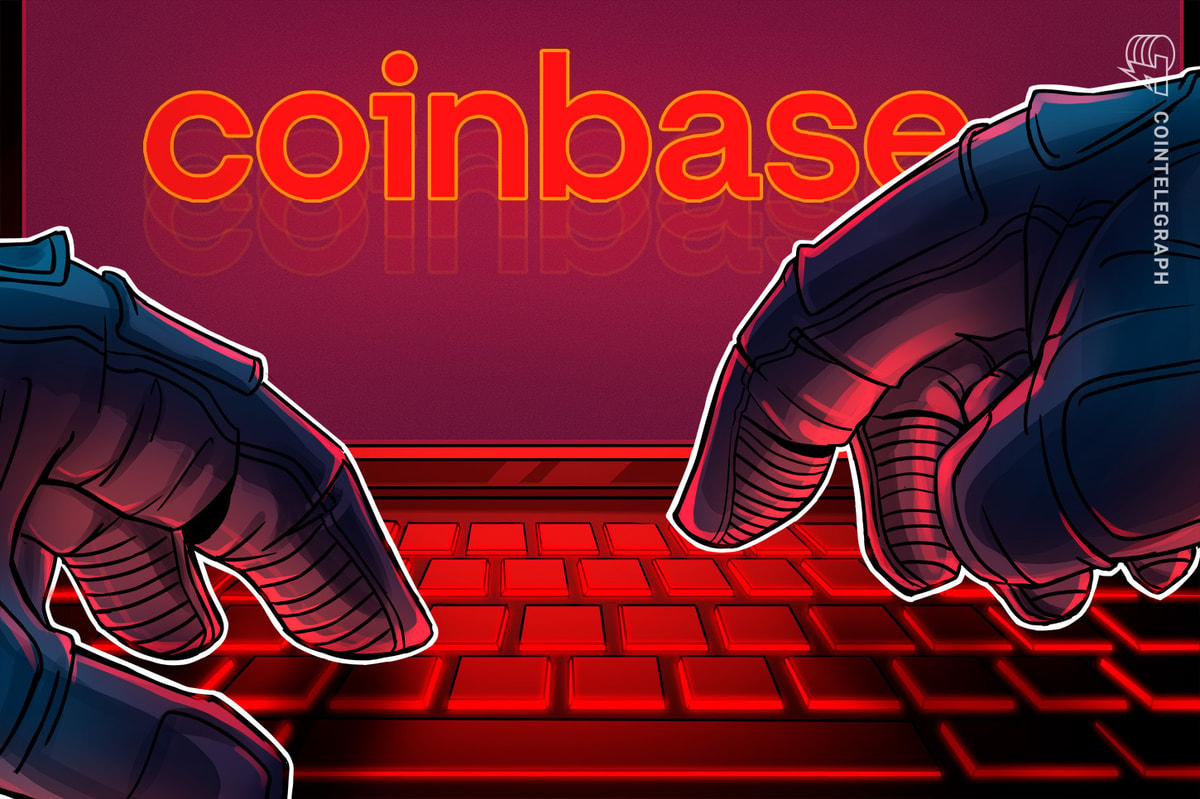
It has been a tough couple weeks for GAW with a $350,000 lawsuit and now an announcement that it and its cryptocoin, Paycoin, has changed from its original iteration.
According to a new whitepaper that is being circulated, Paycoin has entered a new stage where it leaves the hands of GAW and is now being held by a consortium of organizations.
“The fate of Paycoin is now in the hands of every person and organization that hold coins. With this newfound freedom, we want to exercise our rights to make Paycoin the people’s money and do what is necessary to help the coin thrive,” the Paycoin Foundation wrote on its site.
In an open dialogue, many of the parties to be a part of Paycoin going forward—save for Josh Garza—talked about what their goals are for Paycoin and what’s going to happen to the current environment.
“By the sounds of it, all three nonprofit organizations are working together to look at the original documents, both published and unpublished, regarding the structure of the coin to see if a rebranding is necessary,” said Jonah, a manager, in a video posted online.
“From my seat, and the reason why we’re here, is to truly make it a community-driven project. That’s why I got involved in the beginning. I was like, hey, one entity was going to launch this thing, how was it ever going to become a decentralized currency. That’s really what this whole thing is; it’s about decentralization, not centralization,” said Adam Matlack, president and chairman of Paycoin Foundation, in the same video.
But Where is GAW?
“We have advised that this call not happen to give us an opportunity to speak with each party in private so we can figure out a compromise and solution,” said Josh Garza, CEO of GAW, posting under the name MrCEO.
While the details of the agreement are unknown, posts on the Hashtalk forum indicate that GAW agreed to give Paycoin to this consortium as long as certain rules were kept in place.
“The Paycoin foundation was gifted the controllers with the agreement that the whitepaper would be delivered on. They have breached that agreement with this, and will force the investment group that came in at the beginning to bring legal action against them,” said Garza in another thread.
However, this consortium doesn’t appear to have much concern pertaining to the potential lawsuit. Multiple times, parties in the conversation agreed that they were looking to go forward, not in reverse.
“I would say that we are aware of some of the things that have been said, but honestly, but from our position, there is legal documentation in place that clarifies this issue,” said Adam Matlack in a video interview.
This jockeying back and forth clearly has many in the community concerned. Members continue to post, talking about how people’s money is at stake and how the two parties need to figure out what to do going forward.
This schism in the community is especially worrisome for Paycoin investors, as each faction holds exactly 50 percent of the Prime Controllers, which govern Paycoin’s codebase. This means that Paycoin could have two incompatible blockchains: one controlled entirely by GAW that is currently compatible with exchanges and one that is supported by the consortium and referred to as “Paycoin 2.0.”
Paycoin 2.0 does not have exchange support at this time, so users currently have no options to buy or sell the coin.
Where to Go From Here
Now that the consortium has control, there are many steps the parties are looking to take in an attempt to continue keeping Paycoin going.
“What’s being looked at is how to actually implement all the technology that does and does not exist involved with the coin and developing the coin to that original spec to make Paycoin what it was designed to be,” said Jonah.
And more importantly, according to Matlack, the whitepaper doesn’t accurately reflect the technicalities of Paycoin.
“At the end of the day, the whitepaper was a marketing document. And we need to get to a place that it is actually a cryptographic document and we actually implement those things. We can’t implement words into a code base. We need actual code,” said Matlack (emphasis added).
“However, a lot of what was initially built by the primary coin development team were specs that were not completed,” said Jonah.
But on top of that, according to GAW employee Matthew Eden, team members knew there was no way that GAW could guarantee a base $20/XPY that was promised to investors. Eden, the ex-Interim CTO, Interim Chief Information Security Officer, Interim IT Manager, and Director of QA at GAW gave an interview to Bits of News.
“The initial plan for XPY was that it would never be traded on an exchange. Many people made it known that if the coin hit an exchange they would never hold a $20 price floor. Making the only people who had it the users who had been mining hash-points with their hashlets. The excess was going to be sold off on the websites (Paybase/Zencloud.) Once it hit the exchange, all plans were changed. Dumping it became the primary method of obtaining funds for the company,” Eden explained in the interview (emphasis added).
ZenCloud and PayBase Are Being Decommissioned
It gets worse, though. People who signed up for ZenCloud as what’s called “immortals” were promised consistent payouts. And as new members joined, those payouts became possible. However, now ZenCloud is being shut down.
“ZenCloud has been transitioned out to a third-party company that will be managing it and PayBase through end of life,” said Eden in the video. “PayBase will be operational until at the end of the month, and ZenCloud will be operational until the last immortal hash staker has effectively expired,” said Matthew Eden, one of the developers of the Paycoin Core Development Organization.
Despite the fact these members were called immortals and believed themselves to have the potential to generate payouts, that doesn’t appear to be the case. On top of that, the developers appear to have always understood that it couldn’t run forever despite promises to the contrary.
“ZenCloud cannot be run forever,” said Eden. “It cannot continue to sit there and manage payouts. If you haven’t activated your hashstaker, activate it. There will be a point in time when we will probably actively turn them on for you if you don’t activate it because we can’t leave the system on forever.”
Users paid for lifetime Bitcoin miners and are instead being given Paycoin miners that are essentially worthless.
Is GAW Doomed?
“Very few employees still work at GAW Miners. One support rep is left, and there is Josh. His in-laws still work there, I believe,” said Eden in the interview. He explained that his reason for leaving was “the realization that GAW Miners LLC had not honored the requirements of the Acquisition Agreement and merger documents that were part of the LeaseRig.net / GAW merger and also ethical reasons.”
The interview ended with Eden giving his most poignant description of Garza when talking about the transition of Paycoin.
“You mean the lack of foresight?” Eden asked. “I’d say it was pretty much in line with his past actions. He doesn’t really think things through all the way before acting.”
Between the lawsuit from the power company, the potential investigation by the SEC, the implosion of Paycoin, and employees leaving the company, GAW’s future is uncertain.
“I’d say he [Garza] had moved on,” Eden said in the interview. “And then came back to move more of the intellectual property over to off-shore corporations.”










